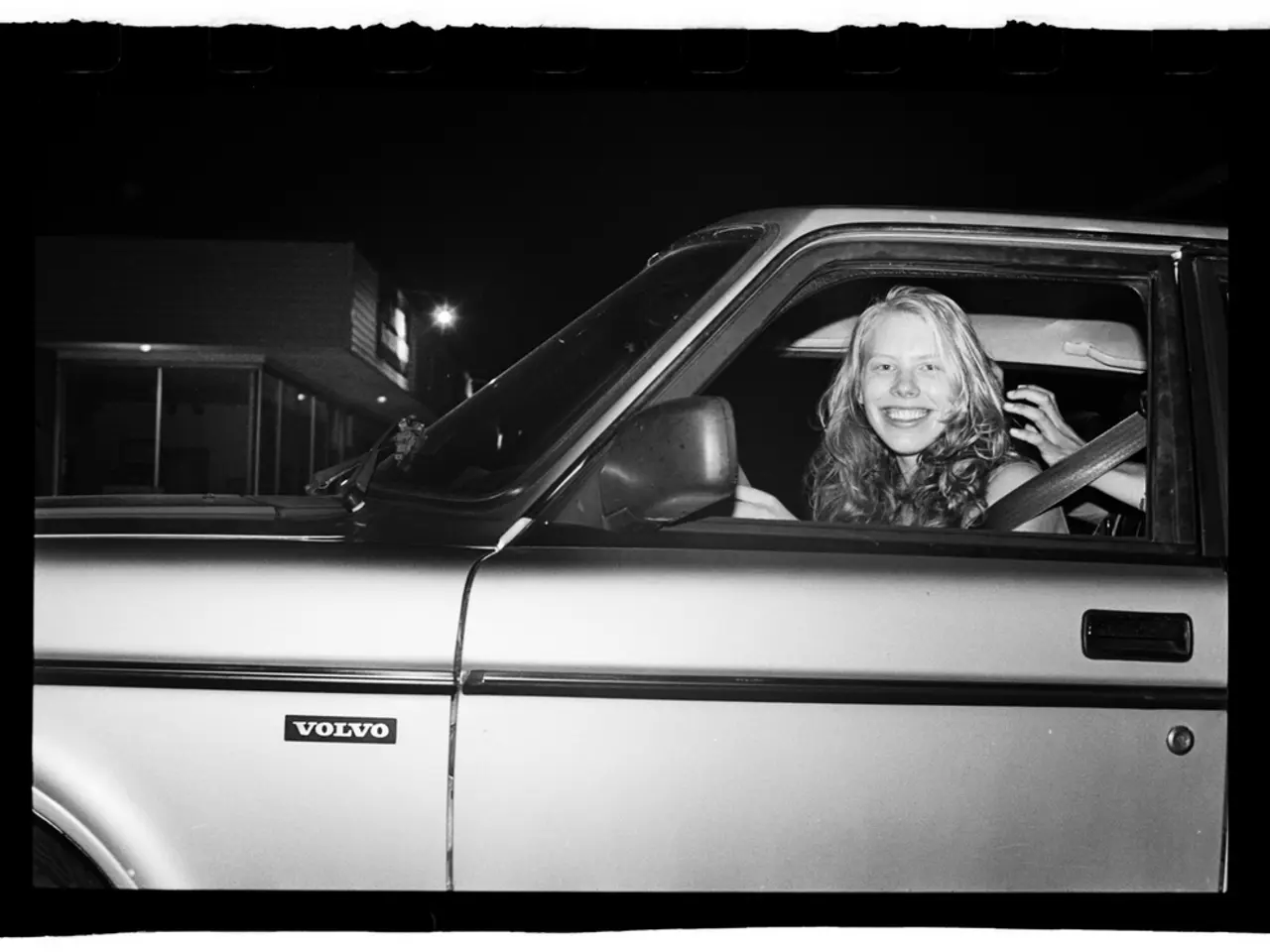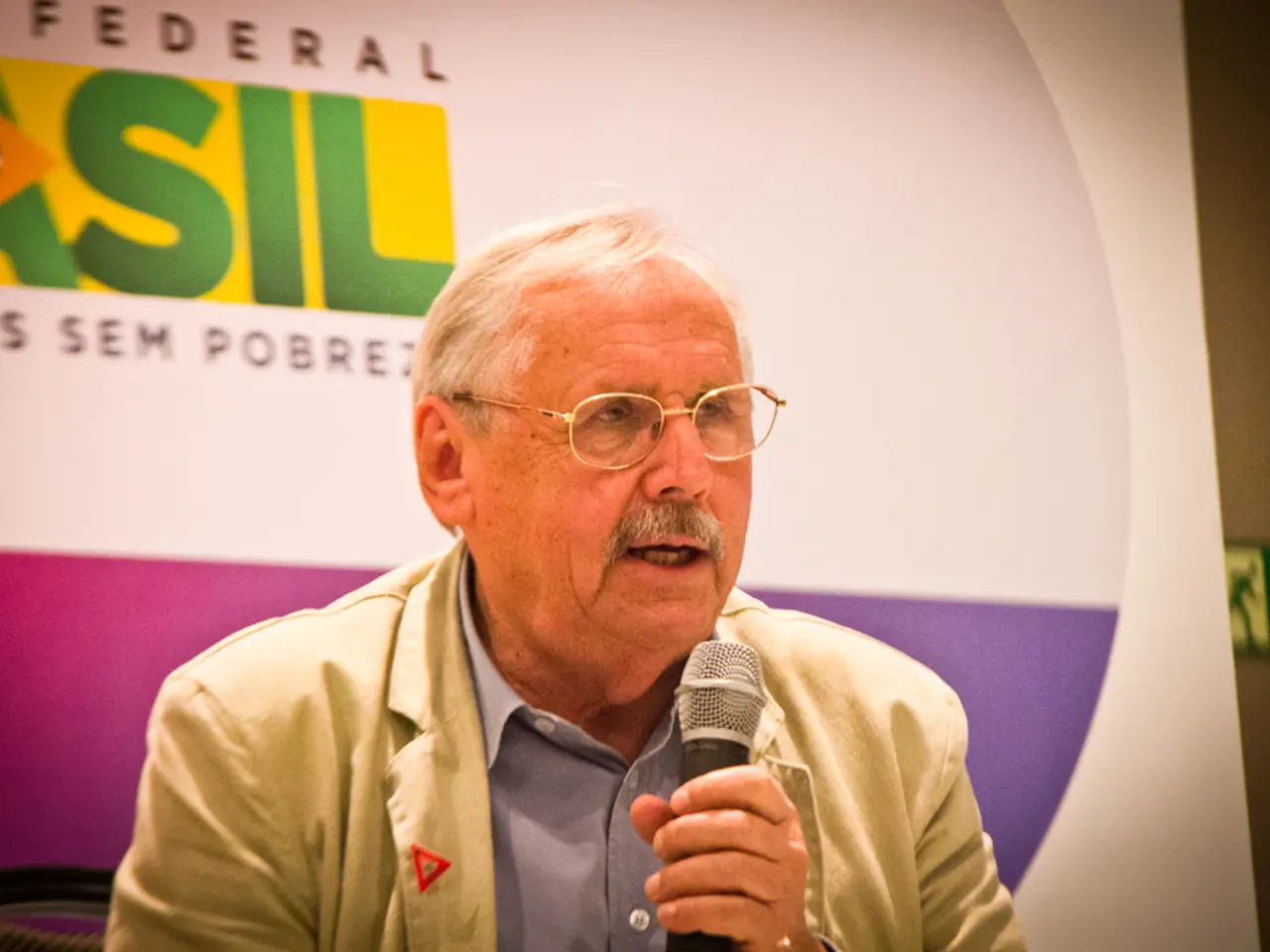Volvo P1800 Owner's Handbook: Insights and Advice for Owners and Potential Buyers
The Volvo P1800, a Swedish sports car icon, made its debut at the Brussels Motor Show in 1960, marking the beginning of an exciting journey. Over the years, this vehicle underwent several transformations, making it a fascinating subject for car enthusiasts.
In 1969, the B18 engine in the Volvo P1800 was replaced with a B20B 2.0-litre unit, signifying a new era for the sports car.
For those considering a purchase, it's crucial to carry out a thorough inspection. Key areas to focus on include the engine bay, especially the radiator crossmember, which is prone to rust and often requires an engine-out restoration job. Other potential problem spots are the bonnet hinge mounts, front chassis outriggers, steering box mountings, and floorpans. The interior, while generally durable, requires evaluation of seat seams, carpets, and especially the dashboard, as replacements can be hard to source. Exterior trim is rare to find original, but reproductions exist.
The cost of owning a classic P1800 varies widely depending on condition and model. It's essential to budget not just for the purchase price but also for restoration costs, including parts and labor, which can be significant due to the need to address rust and mechanical wear.
Common restoration issues include major rust in hidden structural components, worn or sagging upholstery, seized bonnet hinges, and electrical or trim part scarcities. Restoration typically requires thorough planning with a clear goal, adequate budget for parts and labor, and proper workspace and documentation.
Irv Gordon, a notable P1800 owner, claimed the Guinness world record for the highest mileage driven by an original, non-commercial owner in 1998, after covering 1.69 million miles in his 1966 Volvo P1800. Tragically, Gordon passed away in November 2018 with the odometer on his Volvo reading 3.2 million miles.
Throughout its production, the Volvo P1800 saw several significant milestones. In 1970, the 1800E model was introduced with a fuel-injected B20E engine and new camshaft, pushing power to 130bhp. A lower-compression B20F engine was offered in select markets, including America, for emissions compliance in 1972.
A deal was struck with Jensen to build 10,000 examples of the Volvo P1800, but quality control issues led to production moving back to Sweden. The M40 manual gearbox and M41 unit with overdrive were added to the standard specification in 1963.
The Swedish-built 1800S model arrived with more power and performance, and production of the Volvo P1800 ended in June 1973 with 47,482 examples made since 1961.
In recent years, the Volvo P1800 has seen a resurgence, with the reveal of the Volvo P1800 Cyan GT in 2024, a softer-edged take on the original restomod recipe, priced around $600,000. The Volvo P1800 Cyan, a restomod with carbon fibre bodywork and a 420bhp turbocharged 2.0-litre four-cylinder engine, was unveiled in 2020.
The Volvo sports car project, known as the Volvo P1800, began production in the 1960s, and the Volvo 262C arrived as a spiritual successor to the P1800 in 1977.
For detailed, authoritative advice and buyer guidance, the Volvo P1800 International Owners Club website and their "Essential Buyer's Guide" are highly recommended resources. This guide covers specifications, common faults, and evaluation tips for all P1800 versions, from carbureted coupes to fuel-injected estates.
The Volvo P1800 Cyan GT, unveiled in 2020, presents a modern take on the original restomod, featuring carbon fiber bodywork and a 420bhp turbocharged 2.0-litre engine, embodying the spirit of sports in its design.
For car enthusiasts considering a classic P1800 purchase, it's worth noting that the vehicle often requires extensive restoration work, particularly in areas such as the engine bay, floorpans, and exterior trim, which can be costly due to parts scarcity.







